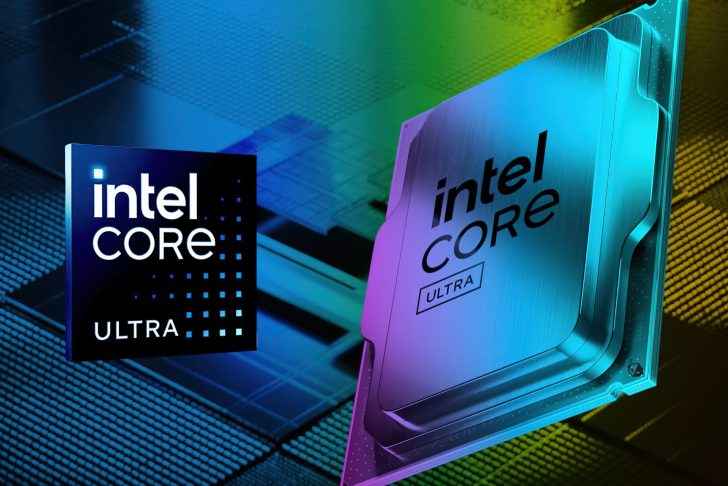Intel Arrow Lake Benchmarks: Modest Single-Core Improvements, Multi-Core Decline

Intel is gearing up to release its next-generation Arrow Lake desktop platform later this year, leading to the first wave of early benchmark results. With the ongoing issues surrounding Raptor Lake, there are high expectations that Arrow Lake will overcome these challenges. Built on a new node with a new socket and featuring an entirely new tile-based design, Arrow Lake is expected to mark a significant improvement. However, the initial benchmark results show performance levels similar to Raptor Lake, raising concerns about Intel's forthcoming platform.
The first test result for Arrow Lake has surfaced in Geekbench, which isn't typically considered a reliable benchmark for gaming PCs. However, it's the only data available right now, allowing for some direct comparisons with Raptor Lake. The tested CPU, the Core Ultra 7 265KF, achieved a score of 3,219 in single-core and 19,433 in multi-core. For reference, the Core i7-14700KF scored 3,005 in single-core and 19,595 in multi-core, according to PCGamer. This indicates slight improvements in single-core performance but a slight decline in multi-core performance.
The decline in multi-core performance is understandable, given that Intel has decided to remove hyper-threading from its CPUs moving forward. As a result, the Core Ultra 7 265KF, which features eight P-cores and 12 E-cores—matching the configuration of the Core i7 it replaces—now has eight fewer threads in total. The fact that the performance scores are still close, despite the reduced thread count, could be considered a positive sign. However, the modest 7% improvement in single-core performance is unexpectedly low, especially considering the significant node shrink.
With Arrow Lake, Intel is transitioning from a 10nm monolithic design (Intel 7) to the Intel 20A, which is effectively a ~2nm chip. This design reportedly includes backside power delivery, marking one of the most significant node reductions in the company's history. This move is expected to position Intel at or above the level of TSMC's 3nm technology. While there aren't any TSMC desktop chips available for direct comparison, Apple's M4, built on TSMC's 3nm process, scores 3,665 in single-core performance, making it notably faster than Arrow Lake. However, Intel's chip significantly outperforms Apple's in multi-core tasks, as the M4 features just 10 cores, with only four P-cores and six E-cores.
We still don't have details on the power consumption of the Arrow Lake CPU during this test, which could be a significant advantage for Intel. If Arrow Lake manages to match Raptor Lake's performance while using 100W less power, it could satisfy consumers. The clock speeds for Arrow Lake are currently listed as 3.9 GHz for the base (500 MHz higher than the Core i7) and 5.5 GHz for the boost clock (100 MHz lower than the Core i7), but it's uncertain if these numbers are final.
Overall, the initial benchmarks for Arrow Lake are underwhelming, especially considering it's a brand-new architecture on a new node with a significant shrink, a new socket, and an entirely new tile-based design. However, it's important to keep in mind that this is just one test on early hardware. We’ll need to see what future iterations of Arrow Lake deliver before drawing any conclusions. With AMD also facing challenges with its Zen 5 launch this week, 2024 could prove to be a challenging year for CPU enthusiasts.